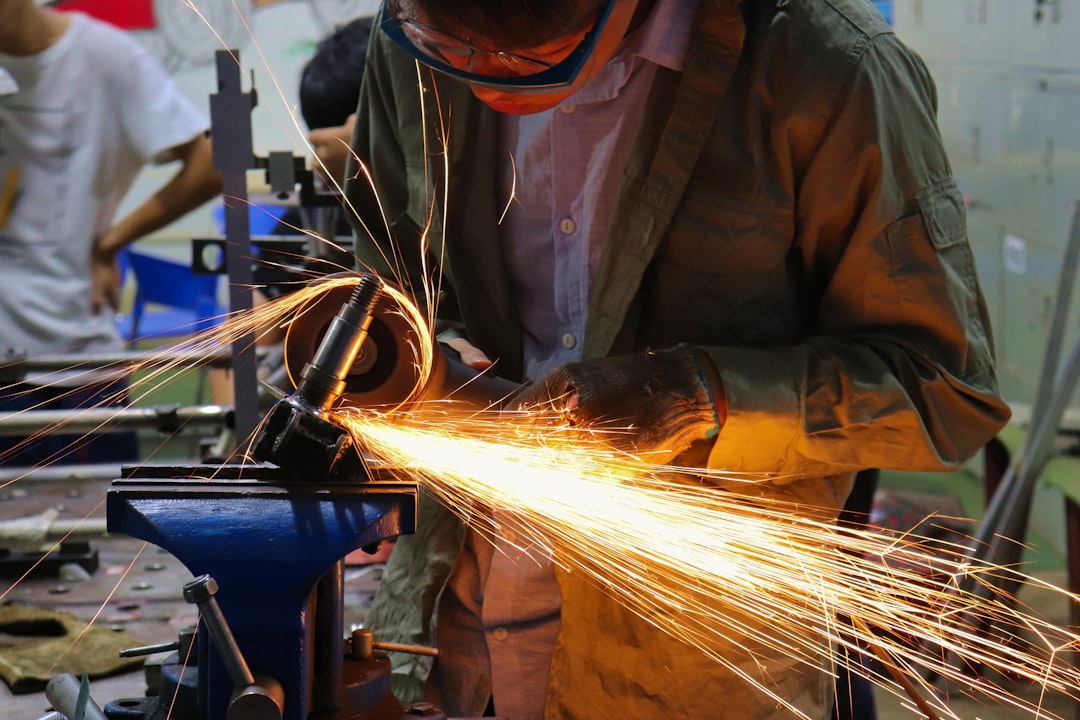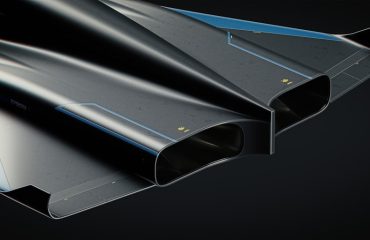In a world increasingly focused on sustainability and reducing waste, designing products for long life is paramount. Steel, a robust and versatile material, offers exceptional potential for creating durable, long-lasting goods. However, simply using steel isn’t enough; intelligent design and careful material selection are crucial for maximizing its lifespan. This comprehensive guide explores the key considerations in designing steel products built to withstand the test of time.
1. Material Selection: The Foundation of Longevity
The journey to creating a long-life steel product begins with choosing the right steel grade. Different steel alloys possess varying properties, influencing their resistance to corrosion, wear, and fatigue. High-strength low-alloy (HSLA) steels offer a superior strength-to-weight ratio, reducing material usage and enhancing durability. For applications exposed to harsh environments, stainless steels, particularly those with higher chromium content, provide exceptional corrosion resistance. Consider the specific application and environmental factors (humidity, temperature, chemical exposure) when selecting the optimal steel grade. Life cycle assessments (LCAs) can help evaluate the environmental impact of different steel options and guide informed decision-making.
2. Corrosion Protection: Shielding Steel from the Elements
Corrosion is the primary enemy of steel’s longevity. Implementing effective corrosion protection strategies is non-negotiable for extending the lifespan of any steel product. Several techniques are available, each with its strengths and weaknesses. Galvanization, a process of applying a zinc coating, provides excellent sacrificial protection, preventing rust formation. Powder coating offers a durable, aesthetically pleasing finish that also acts as a barrier against corrosion. Other options include paint systems, specialized coatings, and cathodic protection (for submerged or buried structures). The choice of corrosion protection method should be tailored to the specific application and environmental conditions, considering factors like cost, longevity, and aesthetic requirements.
3. Optimized Design for Enhanced Durability
The design itself plays a pivotal role in determining a steel product’s lifespan. Careful consideration of stress points, fatigue resistance, and ease of maintenance are essential. Finite element analysis (FEA) can be invaluable in predicting stress distribution and identifying potential weak points during the design phase. Avoiding sharp corners and abrupt changes in geometry reduces stress concentration, enhancing fatigue resistance. Proper design for manufacturing (DFM) ensures that the product can be fabricated efficiently and accurately, minimizing defects that could compromise its longevity. Furthermore, incorporating features that facilitate easy maintenance and repair, such as readily accessible components, can significantly prolong the product’s useful life.
4. Manufacturing Precision: Ensuring Quality and Consistency
The manufacturing process significantly impacts the final product’s quality and durability. Precise fabrication techniques, such as robotic welding and laser cutting, ensure accurate dimensions and minimal defects. Quality control measures throughout the manufacturing process are essential to identify and rectify any flaws that could compromise the product’s longevity. Regular inspections and non-destructive testing (NDT) techniques, such as ultrasonic testing and radiographic inspection, can detect hidden flaws that might not be visible to the naked eye. Employing skilled labor and adhering to strict quality standards are vital for producing steel products that meet the highest durability requirements.
5. Sustainable Practices: Minimizing Environmental Impact
Designing for longevity is intrinsically linked to sustainability. By creating products that last longer, we reduce the need for frequent replacements, minimizing resource consumption and waste generation. Choosing steel, a highly recyclable material, further contributes to a sustainable approach. Incorporating recycled steel content in the manufacturing process reduces the demand for virgin materials and lowers the overall carbon footprint. Sustainable design principles also encourage the use of energy-efficient manufacturing processes and the minimization of hazardous waste generation. By prioritizing sustainability, we can create steel products that are not only durable but also environmentally responsible.
Designing long-life steel products requires a holistic approach, encompassing material selection, corrosion protection, optimized design, precise manufacturing, and sustainable practices. By carefully considering these factors, we can create steel products that stand the test of time, providing years of reliable service and minimizing environmental impact. This commitment to durability contributes to a more sustainable future, reducing waste and conserving valuable resources.
SEO Keywords:
long-life steel, durable steel products, steel design, steel manufacturing, corrosion resistance




